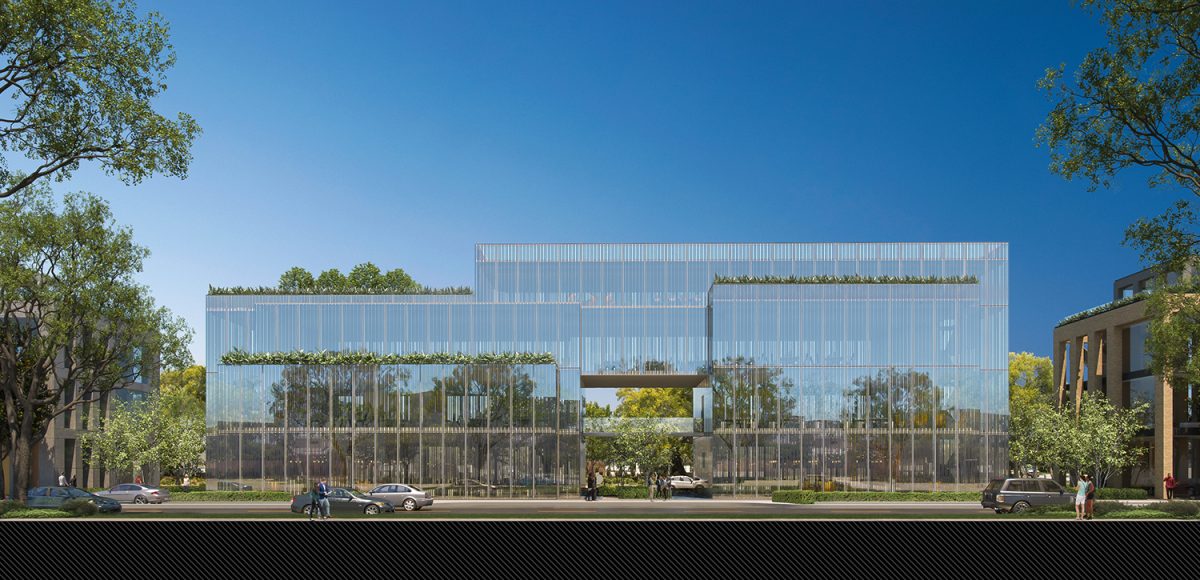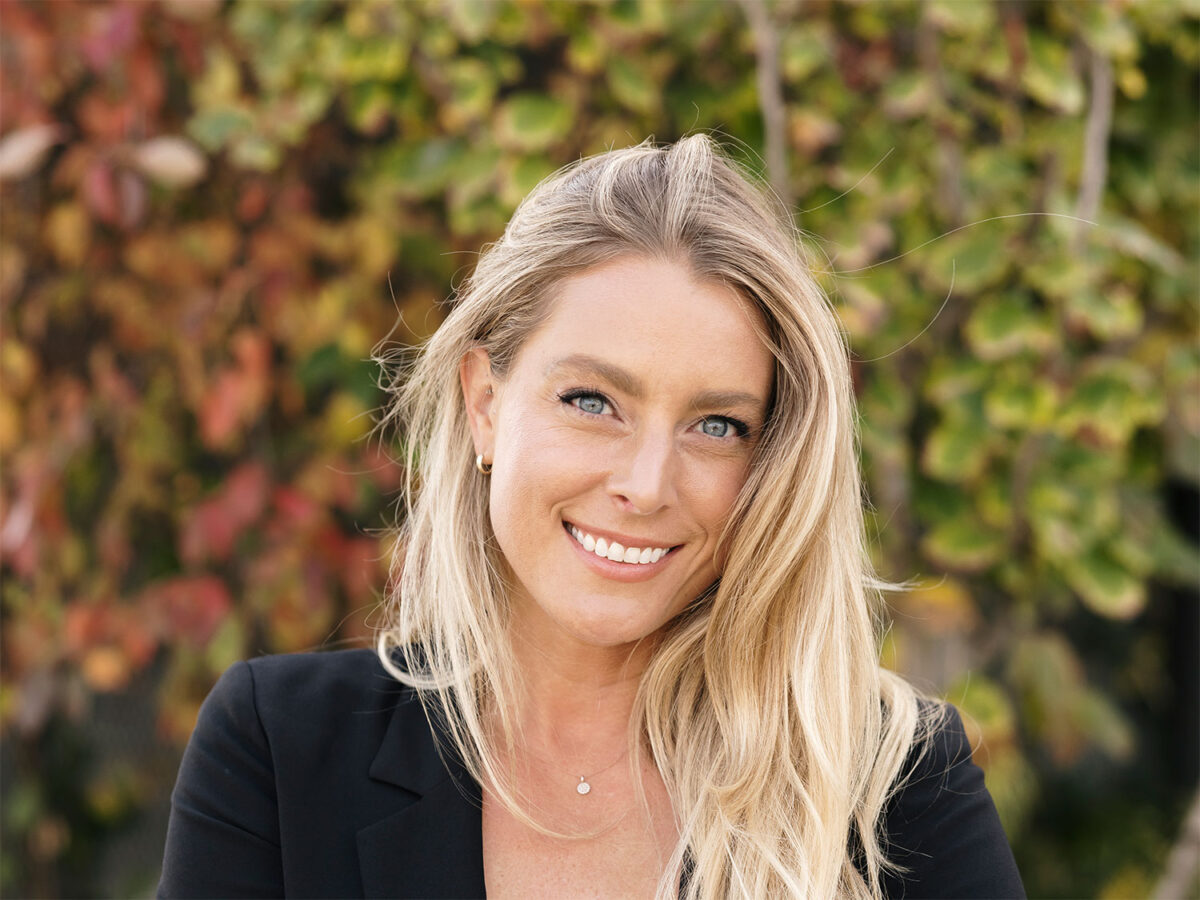The Beverly Hills Creative Offices project commenced the long environmental review process with a virtual scoping meeting held on Feb. 4. The purpose of a scoping meeting is to serve as early public outreach in the Environmental Impact Report (EIR) process, a statutorily mandated procedure under the California Environmental Quality Act (CEQA). Masa Alkire, the city’s Project Manager for the development, explained to the 50-some people in the virtual meeting room that the city was looking “to solicit input on the scope of the Environmental Impact Report and also to inform the community about future opportunities for input.”
That input informs the direction of the EIR, which then gets drafted and presented to the public for another round of comments after a 45-day public review period. Alkire estimated that the city would release a Draft EIR sometime in the summer or fall of this year. The city will then release a Final EIR that addresses the additional questions from the draft–something that Alkire expects to happen in the winter. Then, the Planning Commission reviews the entitlements that the project is requesting and sends a recommendation to the City Council.
“The ultimate decision-making authority on this project is the City Council…We’re anticipating sometime in the winter we’ll have a hearing to evaluate the project and make a decision,” Alkiree said.
The project, led by the Beverly Hills Land Company, proposes building 11 office buildings on 2.12 acres at 9220 Santa Monica Boulevard (commonly referred to as Lot 12). A former railroad right-of-way, the land would require rezoning before any development could commence–one of the entitlements requested by the developer. The buildings would range from three to four stories, with a maximum requested height of 60 feet. While the project would eliminate the 74 metered parking spaces currently available on Civic Center Drive, it would build a two-story underground parking lot with 490 parking spaces, 74 of which would be public.
As an incentive, the Beverly Hills Land Company has offered the city an adjacent lot, known as Lot 13, in exchange for the necessary entitlements to develop Lot 12. The city could develop the land however it saw fit.
The Scoping meeting heard from many residents concerned about the impact of the possible development on the neighborhood, from property values to the farmer’s market.
“I don’t see anything in your list of evaluation criteria that talks about how this is going to destroy the farmers market, a farmers market that many of us use every single week,” said Janice Barquist, echoing the concern of others in the meeting.
The issue of traffic came up multiple times throughout the meeting, with a few commenters pointing out that the conditions posed by COVID-19 might make it difficult to do a traffic study. While CEQA does not require a traffic study, the city nonetheless conducts its own traffic study as a part of the entitlement review process.
“Traffic operation is not necessarily reflective of non-COVID conditions at this point in time, so the traffic study will have to take that into account,” Alkire said.
Others, though, seemed generally opposed to developing the land at all.
A leading opponent of the project, Robbie Anderson, has warned of allegedly elevated levels of arsenic in the soil of the lots as a result of its railroad history. “That land is filled with arsenic, and a lot of other heavy metals, because of all the years of the trains going through there,” one caller claimed.
“It’s certainly not Chernobyl,” Project Representative Gaby Alexander told the Courier. “Railroad land has been safely redeveloped for a long time throughout the country.” Alexander pointed to the High Line, a New York City park situated on a former railroad track.
According to an initial study compiled by the city, Union Pacific Railroad shoulders the burden of cleaning up the site of harmful materials with oversight by the Department of Toxic Substances Control (DTSC). “Prior to the commencement of the Proposed Project, it is anticipated that the Project Site, Parcel 13, and the Triangle would be remediated per DTSC requirements and that use of these properties would not pose a significant hazard to the public or to the environment,” the study found.
“It’s not a rush job. It’s not a stealth job,” said Dale Goldsmith, an attorney for the project. “It’s a public process and one that has had and will continue to have robust opportunities for public comment.”







